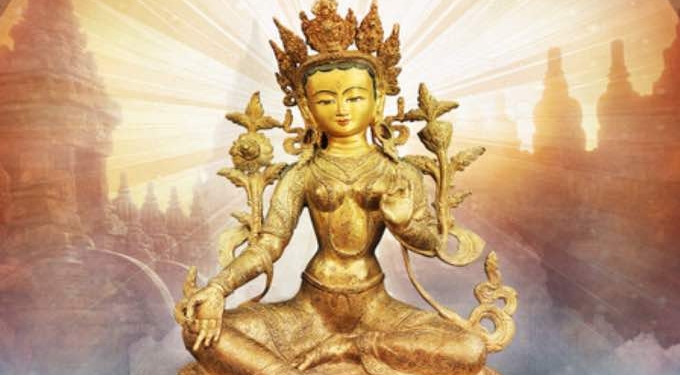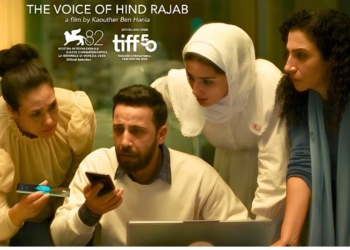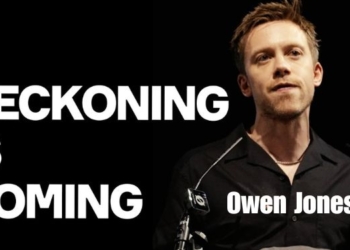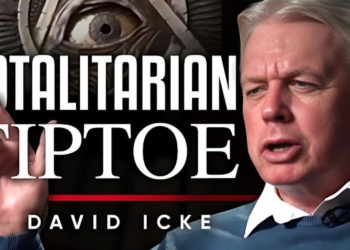 Humility is seeing oneself clearly – without humility, spiritual growth stops. It is only when you can see your current self as it truly is that you can take the appropriate action to move forward. Without humility, you tend to run face first into a lot of brick walls.
Humility is seeing oneself clearly – without humility, spiritual growth stops. It is only when you can see your current self as it truly is that you can take the appropriate action to move forward. Without humility, you tend to run face first into a lot of brick walls.
If you’re tired of banging your head, or if you simply feel stuck, here’s a short series of exercises you can do to help yourself develop humility. Through honest self-assessment, you will discover both who you are now and who you have the potential to be.
Step One
On separate pieces of paper, make three lists of current:
- Strengths
- Weaknesses
- What Is Not Important To Me that I Spend Time Doing
Keep in mind some things may belong on both your strength and weakness lists. For example, I am stubborn. Sometimes my stubbornness is a weakness which makes me slow to ask for help when I need it. Other times my stubbornness is a strength which manifests as persistence and allows me to complete challenging projects.
Step Two
Take your list of weaknesses and separate it into two sections:
- Weaknesses I Cannot Change
- Weaknesses I Can Change
Weaknesses I Cannot Change
We all have weaknesses we cannot change. In my case, I am nearsighted. While I can accommodate this weakness by wearing contact lenses or glasses, I cannot change it. (I’ve been told I’m not a good candidate for Lasik eye surgery.)
Review your list carefully. Examine the weaknesses you cannot change at this time. Accept them fully as part of your current being. You may begin to realize other people have the same weaknesses. Look for role models of people who have learned how to embrace those weaknesses to create a happier life. Let these people inspire you to find ways of turning your weaknesses into strengths that make you more compassionate. I have accepted my eyes need help to see, and I feel gratitude every time I put on my contacts. I appreciate how it is easy for me to relax at night because when I remove my glasses, the world is fuzzy and soft. I also have deep compassion for those who do not have access to appropriate corrective lenses because I know what it’s like to not be able to see clearly.
For the weaknesses you simply cannot accept, see the block to acceptance for what it is: an attachment. Acknowledge the weight of each of these attachments, and carry it consciously as long as you need to. Create space within yourself to wrestle with these attachments and allow yourself to grieve as you become ready to embrace the weaknesses you cannot change.
Weaknesses I Can Change
With the list of weakness that you can change, chip away at the list day by day, hour by hour, or year by year – the speed is up to you. Look for ways to turn these weaknesses into strengths. Another weakness I have is the tendency to create piles of clutter. I’m visually oriented in my projects; if I don’t see something to remind me of it, the project no longer exists in my world. So I am learning to create smaller visual clues and to give my most important current projects a place to pile up on my desk, while not letting this tendency spill over into things that can be put away. I’m turning my clutter weakness into a strength by using the visual reminder of my projects as motivation to finish them. Of course, this is an ongoing learning process for me.
These patterns have become ingrained in your being, and it will take practice to overcome them. Don’t expect to conquer it once and be done with it. Recognize you’ll need to continue working at shifting your old patterns. Each time you put energy into strengthening a weakness, you are empowering yourself.
Step Three
Now take your list of What Is Not Important To Me that I Spend Time Doing and separate it into two sections:
- Things I Can Stop Doing
- Things I Have To Do
Things I Can Stop Doing
Review your list of Things I Can Stop Doing. It seems odd, but people often spend a great deal of time doing things they don’t need to do that are not important to them. Whether it’s out of habit, or because they want to spend time with someone else, or because they invested a great deal of time in a project and they want the satisfaction of finishing it, it’s easy to get lost. Ask yourself if, for a week or a month, what would happen if I stopped doing this thing? Experiment and see. Consciously use the time you gain to do something that is important to you.
Things I Have To Do
We all have things we have to do, and sometimes they appear as not important to us. Examine this list of Things I Have To Do from the Not Important To Me list very, very closely. This is the place where we often hide the Truth from ourselves. We claim something is not important, yet we feel we have to do it, and this attitude allows us to wallow in self-righteous misery. We may even get together with others to complain about these horrible things we must do. The ego loves this stuff, because it can exert its full power of control.
Look at this list again, slowly and deliberately. Perhaps you view exercise or eating or doing laundry as something not important that you have to do. I assure you, your body views exercise and eating as important. If you have any sense of smell or sensitive skin, then you’ll find clean laundry is also important!
With this list of Things I Have To Do, we have the opportunity for deep examination and attitude adjustment. If we look closely enough, we discover everything on this list is either important to us or belongs in the Things I Can Stop Doing list.
Give yourself the time to work through all of your lists. Review your Strengths often to remind yourself of the power you have already claimed. When you have extra time, accomplish one thing important to you that you may have been neglecting. Moment by moment, release yourself from items on the Not Important To Me list and transform your Weaknesses into Strengths.
As you continue to look at yourself with humility – seeing who you are currently – you’ll grow into the next brighter, happier version of you.
Practice Pointer
When exploring humility, if it feels too overwhelming to create an entire list, tackle this exercise in small bites:
- What is One strength?
- What is One weakness?
- What is One thing you do that you feel is not important to you?
Allow yourself to contemplate one or more of these and watch what appears in your mind.
About “Unreasonable Joy: Awakening through Trikaya Buddhism “
Unreasonable Joy: Awakening through Trikaya Buddhism (Electric Bliss Publishing, October 27, 2020, $25.99) describes a brand-new school of Buddhism for the modern world and present-day seeker. Author Turīya writes from the premise that Enlightenment is real and exists right now, within us all. She shows how this innovative form of Buddhism, which she has been developing in the United States for over 25-years, can point the reader toward Enlightenment and liberation from suffering.
Unreasonable Joy captures Buddha’s advanced Tantric teachings and puts them into a form of Buddhism that is compatible with 21st Century life. In the book, the reader will learn:
- Simple meditation techniques that can be used anywhere, at any time, to calm, strengthen, and refocus the mind.
- How to gain control of time, life, and mind by releasing the mental and physical habits that create suffering.
- Build self-trust and discover how to use everything as fuel for spiritual growth.
- How to release limiting beliefs that blind the reader to their true nature
- How to focus on the inner work of changing the self, not the external world
Unreasonable Joy contains proven techniques that the author, Turīya, has taught thousands of people. The nine lessons explore the power of meditation, mindfulness, karma, emotions, and humility. Turīya provides essays, poems, and stories that ground the esoteric teachings in the world, and Practice Pointers show how to incorporate them into daily life. Unreasonable Joy gently encourages the reader to do the work needed to directly experience the ecstasy of existence and recognize who they truly are in this moment.
About the Author
 Turīya is a Buddhist monk, teacher, and author who, despite living with chronic pain, founded the Dharma Center of Trikaya Buddhism in San Diego in 1998 to share her path. For over 25 years, she has taught thousands of students how to meditate, trained teachers, and helped people discover the unreasonable joy of our true nature.
Turīya is a Buddhist monk, teacher, and author who, despite living with chronic pain, founded the Dharma Center of Trikaya Buddhism in San Diego in 1998 to share her path. For over 25 years, she has taught thousands of students how to meditate, trained teachers, and helped people discover the unreasonable joy of our true nature.









![Who Is Bobby Kennedy? [30-Minute Film on RFK Jr.’s Life, Narrated by Woody Harrelson]](https://consciouslifenews.com/wp-content/uploads/2024/05/who-is-bobby-kennedy-350x250.jpg)





